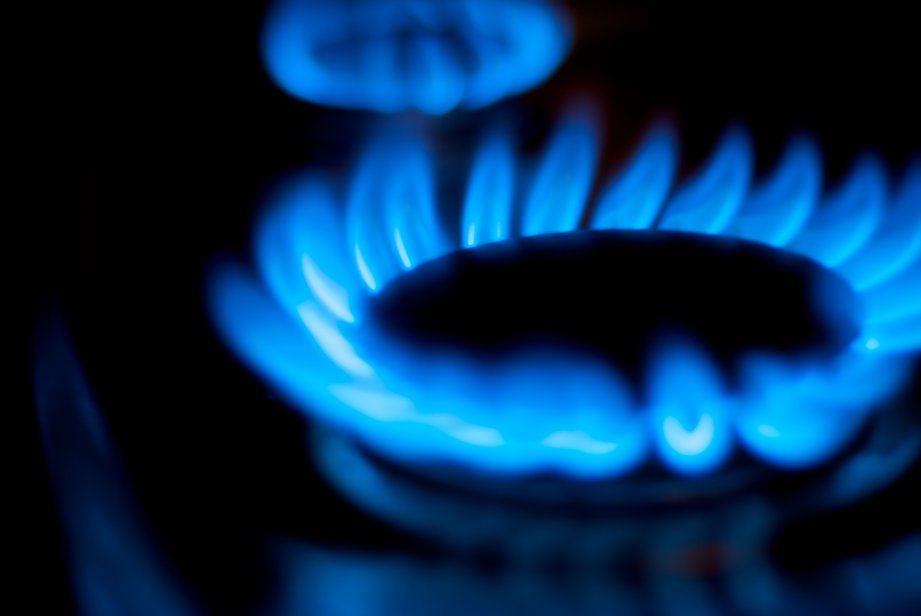Natural gas forecast: Third-party targets
US Natural Gas (NGc1) was trading at $3.20 per mmBtu as of 15:08 UTC 2025, in an intraday range of $3.1553-$3.2850; the price was near the midpoint of the session.
Demand is supported by record liquefied natural gas export flows, up year-on-year through August amid robust European imports, and steady power-sector use ahead of forecast cooler seasonal weather (Reuters, 2 September 2025).
Natural gas price forecast: Analyst price target view
Goldman Sachs (house view)
Goldman Sachs sets a $4.50/mmBtu target for Summer 2026 Henry Hub contracts, citing possible upside if drilling activity lags demand growth. The bank highlights that underlying fundamentals and limited short-term supply flexibility support this outlook (VT Markets, 24 July 2025).
EIA (STEO, March 2025)
The U.S. Energy Information Administration projects the Henry Hub spot price to average $4.02/mmBtu in 2025 and $4.88/mmBtu in 2026, driven by LNG export growth outpacing domestic supply gains. The agency notes that inventories may fall below the five-year average by October, adding upward pressure (S&P Global, 10 June 2025).
Rystad Energy (market indicators, June 2025)
Rystad Energy reports that the 12-month forward strip was $4.18/mmBtu on 3 June 2025, reflecting expectations of tighter balances from renewed LNG feedgas demand and lower inventories. Export terminal outages and below-average storage reinforce this level (AGA, 6 June 2025).
CFDs are complex instruments and come with a high risk of losing money rapidly due to leverage. Past performance isn’t a reliable indicator of future results.
Natural gas price: Technical overview
On the daily chart (10 September 2025), US natural gas holds above its key moving-average cluster – 20/50/100/200-DMAs near 2.91 / 3.10 / 3.29 / 3.50. The 20-over-50 alignment remains intact. Momentum is balanced: RSI(14) is 53.7, consistent with a neutral mid-range bias.
Resistance to monitor is the 3.223 pivot; a daily close above this level would put 3.448 in view. On declines, support sits at the 2.922 pivot, then the 50-DMA near 3.10. A break below the 50-DMA could expose the next pivot near 2.697.
This analysis is for informational purposes only and does not constitute financial advice or a recommendation.
Capital.com’s client sentiment for natural gas CFDs
US natural gas CFD buyers account for 74.7% of open positions, compared with 23.5% on the sell side, a difference of 51.2 percentage points, indicating a strong buy skew. This snapshot reflects open positions on Capital.com and is subject to change.

Data correct as of 10 September 2025.
FAQ
What is the 5 year forecast for natural gas?
Third-party agencies, including the US Energy Information Administration, expect Henry Hub spot prices to average between $4.00 and $4.50 per mmBtu through 2026. Export growth, weather-driven demand and inventory changes are identified as main drivers. Remember, forecasts are just speculation and past performance is not a reliable indicator of future results.
Could natural gas go up or down?
Prices may react to supply shifts, storage levels, LNG demand, weather and wider energy conditions. Tight inventories and strong export flows may support prices, while higher production or mild weather could weigh on them.
Should I invest in natural gas?
Whether natural gas is suitable depends on your objectives, time horizon and risk tolerance. US natural gas CFDs provide exposure without asset ownership, but leverage increases both potential gains and losses. Independent research and strong risk management are essential before making any decision.